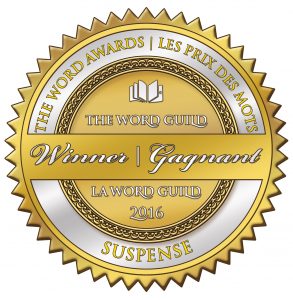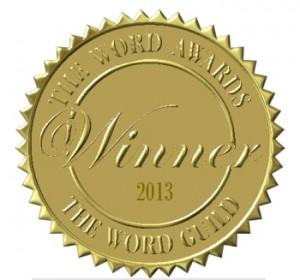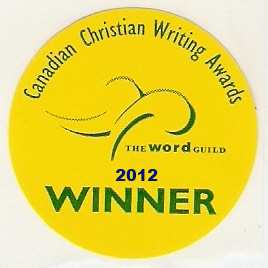I had the privilege of meeting fellow Canadian author, Linda Ford, a few years ago at an American Christian Fiction Writers’ Conference. Then our paths crossed again in 2010 when her flight to another ACFW conference had a connection in Toronto, and we actually ended up on the same plane one seat in front of the other!
I remember that year well, because it was my first conference as a contracted author! Linda was already writing for Love Inspired Historicals so our paths crossed often that weekend at various meet and greets.
She’s shared much writing wisdom with me since, and was an awesome supporter of my debut launch.
Since I used a question from her latest release, The Cowboy Tutor, on Monday’s blog, I invited her to share how she came to write the series. Take it away Linda…
I’m not sure what got me started on the idea of these stories. My brainstorming file suggests I was concerned with the circumstances of young women during the Depression.
First, in Canada we also call it the Dirty 30s (because of the violent dust storms.) I thought everyone was familiar with the term but my editors weren’t.
Groceries came wrapped in brown paper, tied with string. The paper was folded carefully and used over and over. The string was added to the ball kept in the kitchen drawer and rationed for use.
But then the rains failed to come. The land dried up and contributed to dreadful dust storms. The settlers walked away leaving the banks with unpaid mortgages and loans.
The government bailed them out and took over ownership of the land. The people of the area still face many of the same challenges of the Dirty Thirties.
As my family drove along the various roads there were many empty farm sites. Some were only an empty cellar but there were leaning barns and weather-worn houses. I never saw any of these without wondering what had happened to the people who once owned them.
I would get lost in imagining their struggles, their disappointment, and lost dreams.
Sandra again, thanks so much for visiting with us today, Linda. I enjoyed having a glimpse into your creative process, and the extensive background work and research that contributed to the story’s realism.
Your turn: Do you have any questions for Linda?


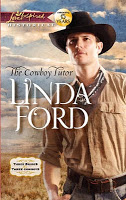
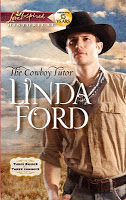
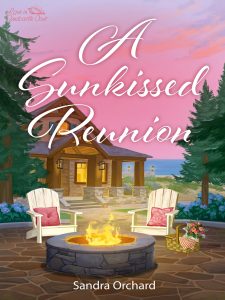

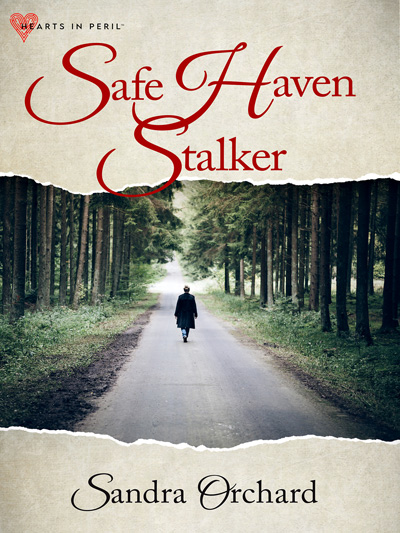
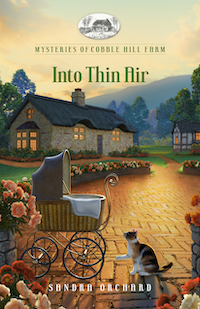
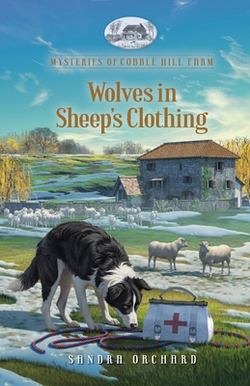
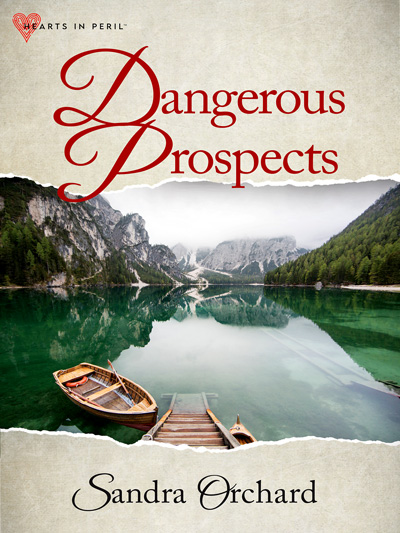


 RSS - Posts
RSS - Posts



